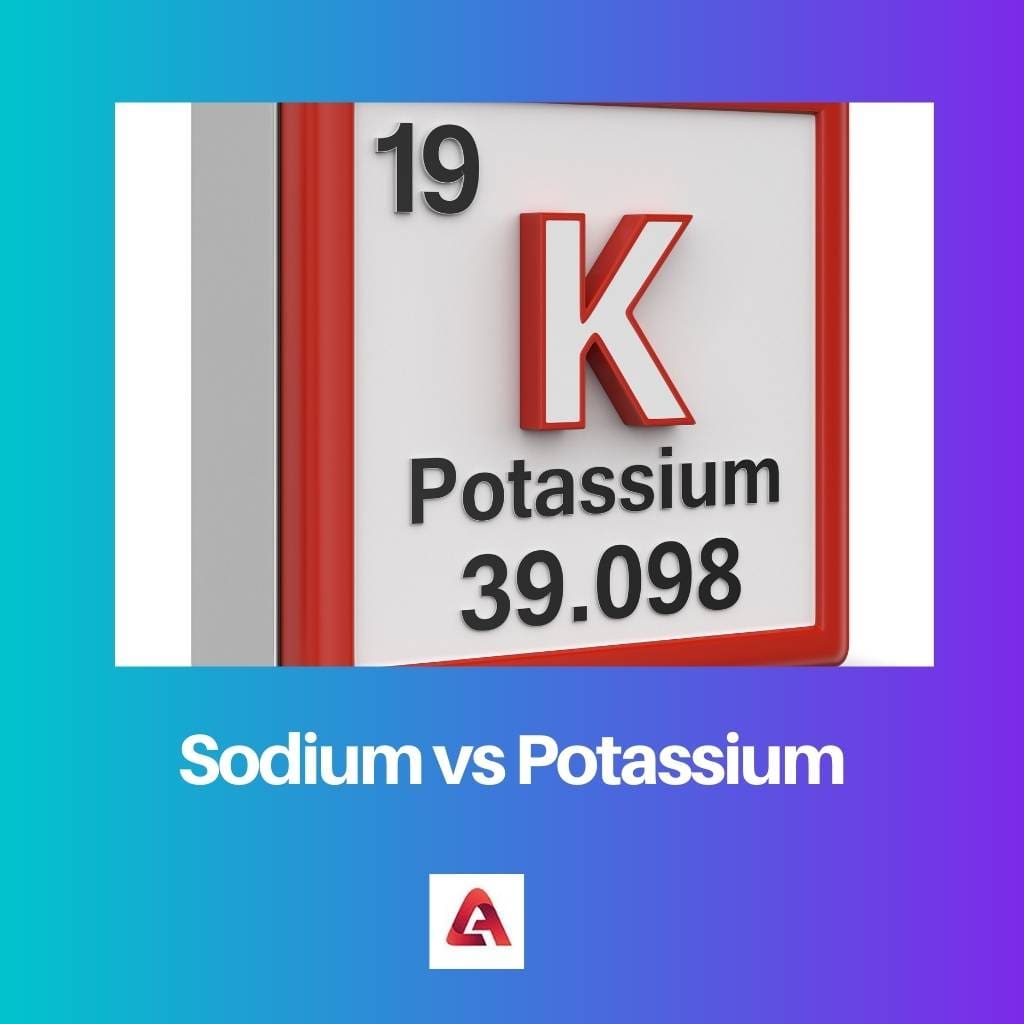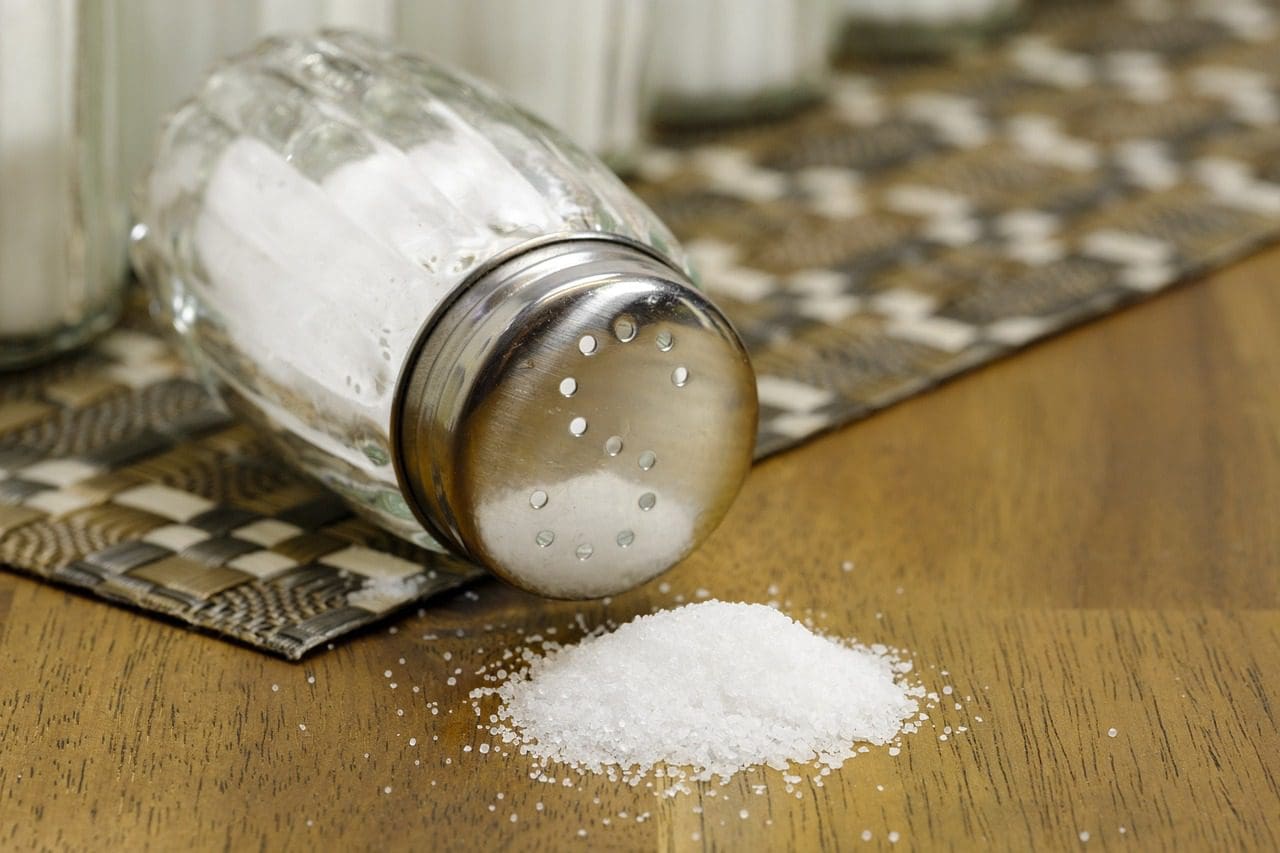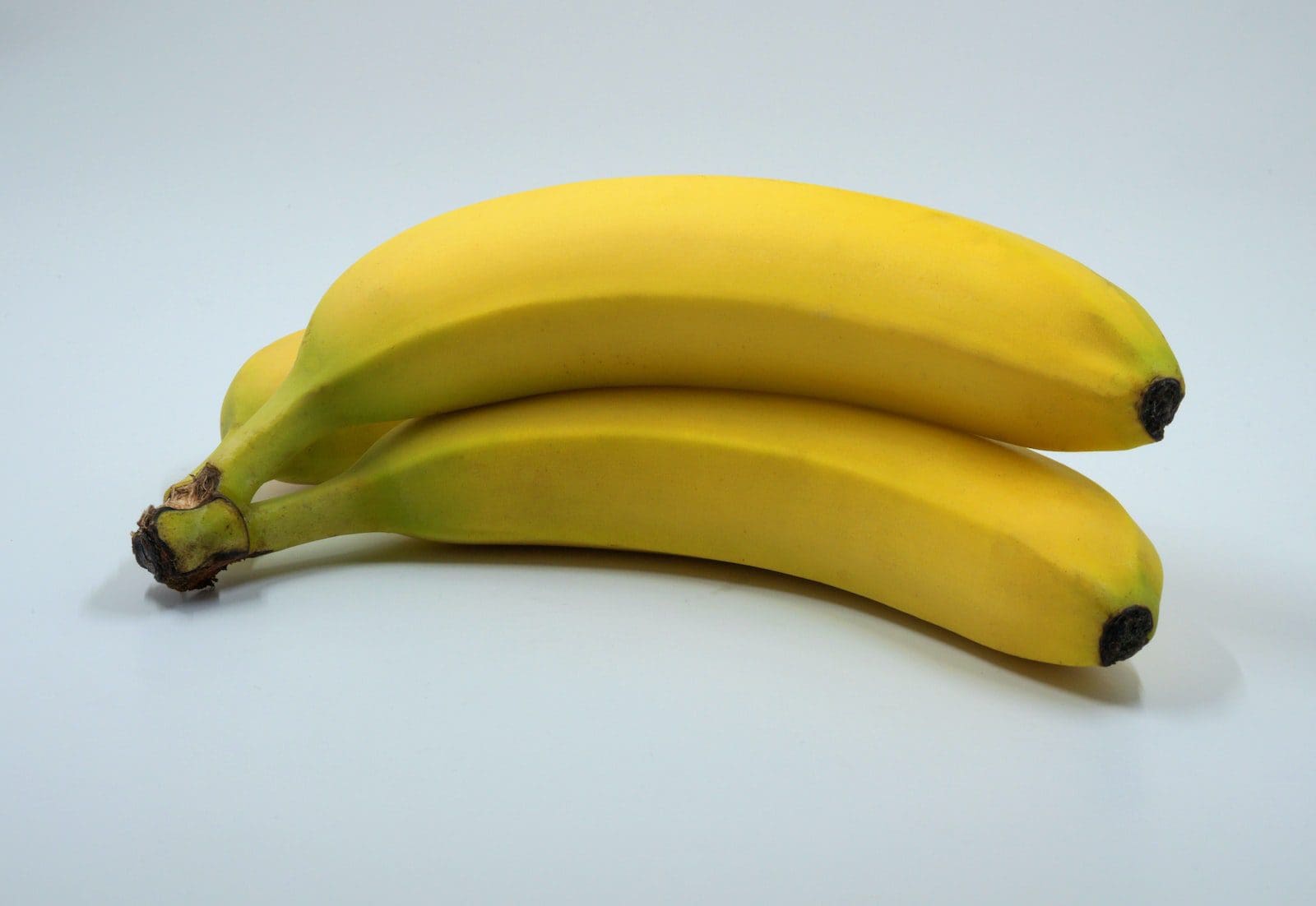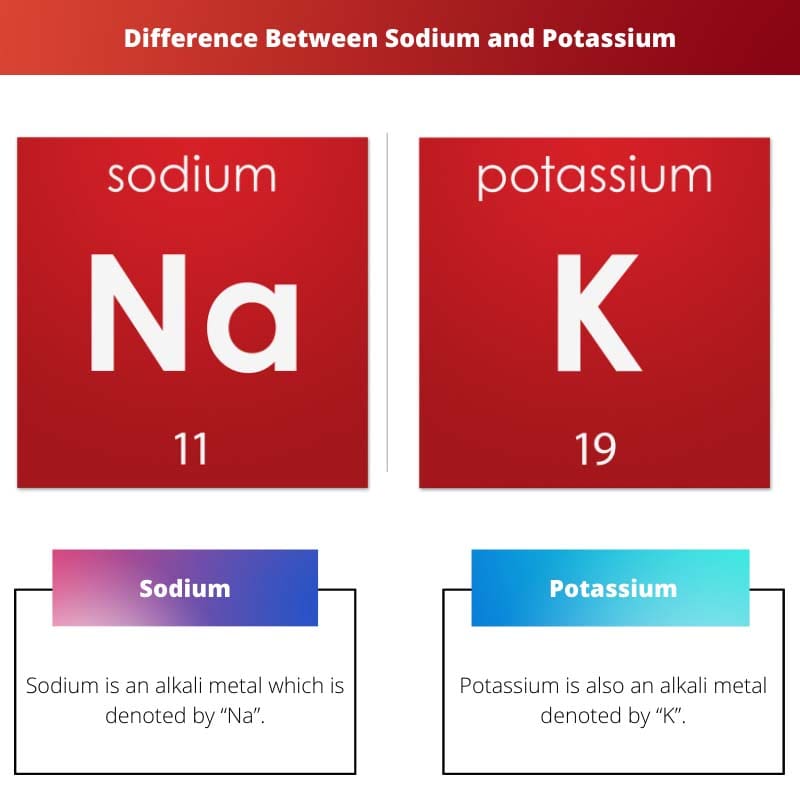Nature is made up of various elements. These elements can be physical, chemical and environmental. The presence of these elements is in various forms and places.
Key Takeaways
- Sodium and potassium are alkali metals essential for bodily functions such as nerve function and hydration.
- Sodium is more abundant in the human body than potassium, but both must be consumed in the diet as the body cannot produce them independently.
- Sodium and potassium have opposite effects on blood pressure, with high sodium intake increasing blood pressure and decreasing potassium intake.
Sodium vs Potassium
The difference between Sodium and Potassium is that Sodium metal is found naturally in oceans in dissolved form, whereas, Potassium metal is found in Earth’s crust in mineral form. Although both these metals are alkaline, i.e. they can form alkaline or basic compounds and also have the same atomic structure, they differ in their atomic number and applications.

Sodium is an alkali metal that is found in dissolved form in oceans. It is chemically denoted by “Na” and has an atomic number of 11.
On the other hand, Potassium is present as a mineral in the Earth’s crust. It is chemically denoted by “K”, and its atomic number is 19.
Comparison Table
| Parameters of Comparison | Sodium | Potassium |
|---|---|---|
| Chemical Symbol | Sodium is an alkali metal which is denoted by “Na”. | Potassium is also an alkali metal denoted by “K”. |
| Atomic Number | Its atomic number is 11. | Its atomic number is 19. |
| Period | It is present in Period 3 in the periodic table. | It is present in Period 4 in the periodic table. |
| Found in | It is found in dissolved form in seawater. | It is found as a mineral in the Earth’s crust. |
| Electronic Configuration | It has an electronic configuration of [Ne] 3s¹. | Its electronic configuration is [Ar] 4s¹. |
| Valence Electron | The valence electron is present in the 3s orbital. | The valence electron is present in the 4s orbital. |
| Melting Point | Its melting point is 97.79°C. | Its melting point is 63.5°C. |
| Boiling Point | Its boiling point is 882.8°C. | Its boiling point is 759°C. |
| Atomic Size | It is smaller in size. | It is comparatively larger than the sodium atom. |
What is Sodium?
Sodium is one of the chemical elements that belong to Group 1 of the periodic table. It is a naturally occurring element that is found dissolved in oceans and seas.
The electronic configuration of sodium is [Ne] 3s¹. The valence electron is present in the 3s orbital. The metal forms strong electrovalent bonds with other elements by losing the valence electron.
Sodium has high reactivity. It vigorously reacts with water and oxygen. It is very soft in texture and can be cut with a knife.
Sodium forms bonds, which result in the formation of several compounds. Most of the salts of sodium are alkaline. Sodium is also a block element and is able to form a monovalent cation.

What is Potassium?
Potassium is a highly reactive metal that is classified under Period 4 and Group 1 in the periodic table. It is one of the alkali metals, just like sodium.
The electronic configuration of potassium is [Ar] 4s¹. It has the valence electron in the 4s orbital. Potassium loses the valence electron and gains a positive charge.
As potassium is highly reactive, it forms reactive compounds with water and oxygen. It forms hydroxide when water is reacted with it.
Potassium ion is an essential element for all living beings. Plants use it for photosynthesis. However, the metal should be utilised under a certain limit, or else it can be very toxic.

Main Differences Between Sodium and Potassium
- Sodium belongs to period 3, and Potassium belongs to period 4 on the Periodic Table.
- Sodium forms electrovalent bonds, while Potassium forms ionic bonds with non-metals.

- https://www.sciencedirect.com/science/article/pii/0002914976903568
- https://www.tandfonline.com/doi/abs/10.1080/07315724.2006.10719576

The article provides detailed insights into the characteristics, electronic configuration, reactivity, and applications of both sodium and potassium, offering a rich source of important information.
Indeed, the article succinctly presents the essential details of sodium and potassium, making it a valuable source of knowledge.
I found the references listed at the end of the article to be very helpful, providing a reputable source for the information presented about sodium and potassium.
I agree, having credible references adds to the reliability of the article. The sources corroborate the scientific details about sodium and potassium.
The contrasting properties of sodium and potassium, highlighted by their presence in the periodic table, indicate the unique attributes of these essential elements.
The article effectively brings out the significance of sodium and potassium by detailing their atomic properties and applications.
Indeed, the placement of sodium and potassium in the periodic table signifies the distinct characteristics of these alkali metals.
The informative description of the electronic configuration and properties of sodium and potassium is highly beneficial for understanding the behavior of these alkali metals.
Absolutely, the in-depth detailing of the electronic configuration and reactivity of sodium and potassium is enlightening.
The impact of sodium and potassium on blood pressure and the human body’s vital functions is a crucial subject, and the article does an excellent job elucidating the differences between these metals.
Absolutely, understanding how sodium and potassium influence blood pressure and bodily functions is essential for health awareness.
It is fascinating to learn that sodium is found in dissolved form in seawater, while potassium is found as a mineral in the Earth’s crust. These differences point to unique characteristics of these alkali metals.
Sodium and potassium being alkali metals indeed have unique characteristics, your observation is precise and greatly informative.
The presence of sodium and potassium is essential and their role in the body is crucial. Sodium and potassium are alkali metals, with sodium being abundant in the human body while potassium is responsible for bodily functions such as photosynthesis.
Thanks for presenting the main differences between sodium and potassium, very essential information.
You are right, the differences between sodium and potassium are interesting and essential for all living beings.
The comparison table clearly illustrates the differences between sodium and potassium based on their chemical, physical, and atomic properties.
I agree, the comparison table provides a comprehensive view of the contrasting properties of sodium and potassium.
The fundamental differences between sodium and potassium with respect to their chemical symbols, atomic numbers, and periodic table positions provide a comprehensive understanding of these elements.
Your observation on the fundamental disparities between sodium and potassium is very insightful and informative.
Indeed, understanding the detailed distinctions between sodium and potassium enhances our knowledge about these vital elements in nature.
Sodium and potassium, both being alkaline metals, have different properties and reactions. It is very interesting to see how they form compounds and interact with other elements.
Your comment brings out an interesting point about the chemical properties of sodium and potassium, a great summary of the article.